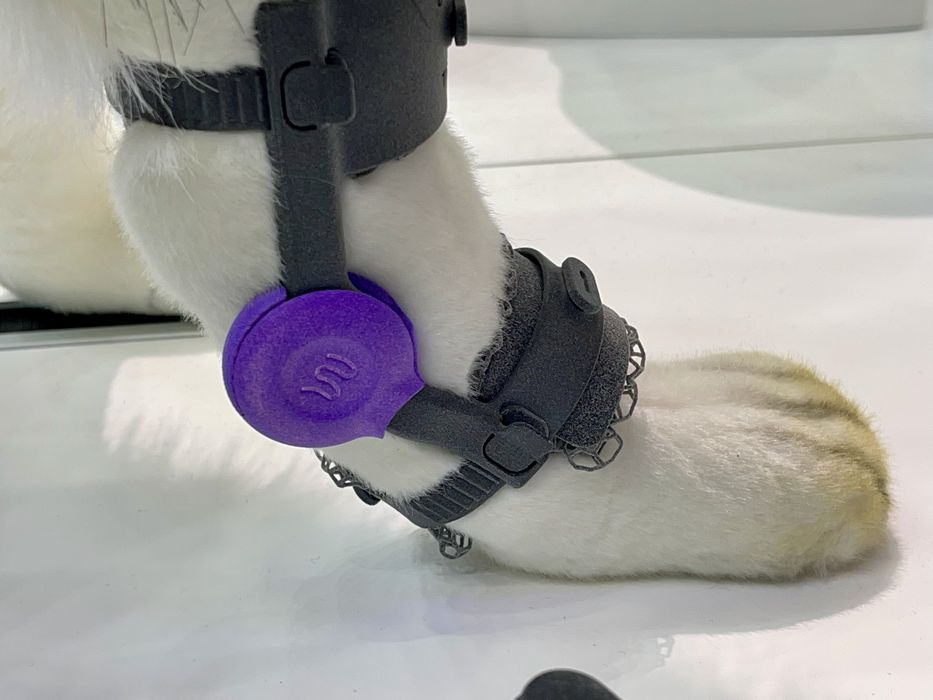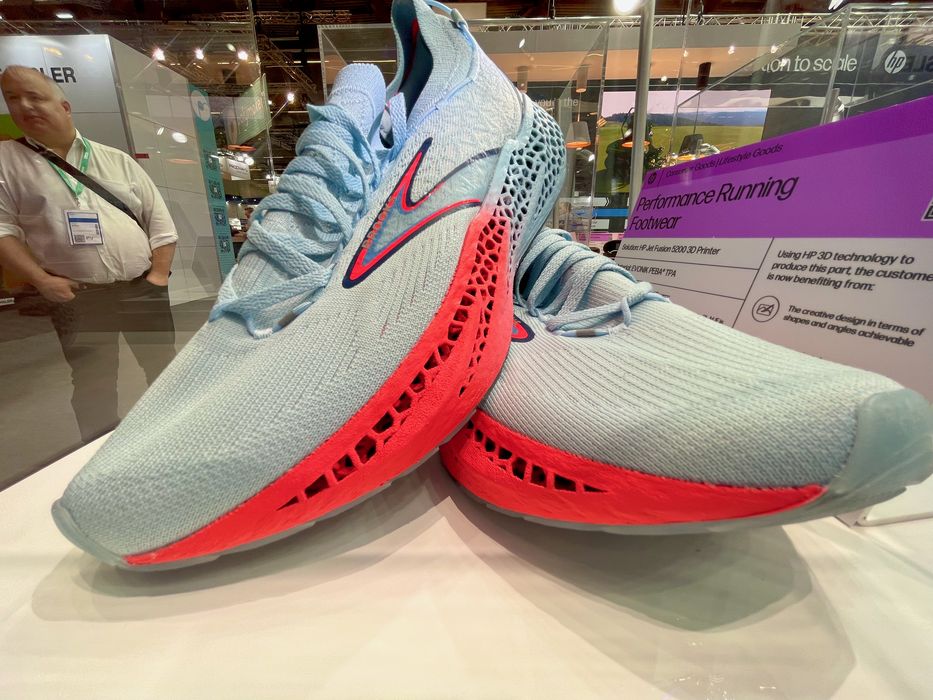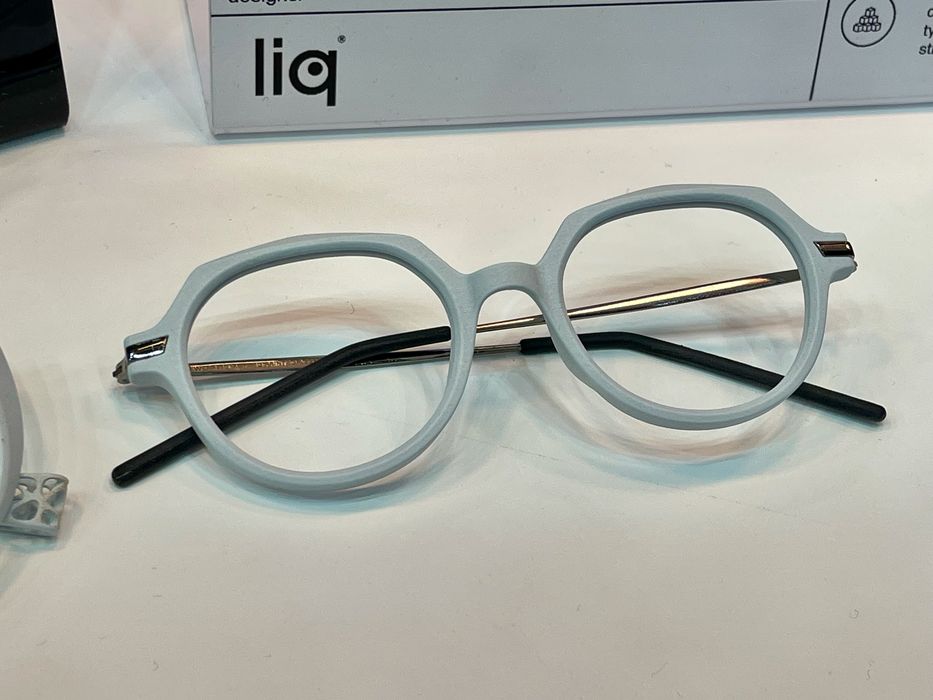
HP is focusing their 3D print efforts on applications.
HP is a very interesting player in the 3D print market. Unlike most companies, they are part of a much larger enterprise that can assist in a variety of ways. While funding is an obvious benefit, there are also plenty of technological considerations, in addition to a worldwide sales and distribution network.
The company became interested in 3D printing quite a long time ago. Back in 2010 we saw their first attempts to enter the space by relabeling Stratasys’ smaller device, the UPrint. My thought is that this experience allowed them to gain an understanding of the industry as a whole.
Shortly thereafter they concluded the agreement with Stratasys and began developing their own 3D printing process, MJF. The process has been continually refined over the past few years, and now offers a wide range of capabilities.
Due to the nature of MJF, it’s most likely appropriate for manufacturers rather than prototypers, although one could produce prototypes with the equipment and materials.
Typically companies spend time developing their tech, and once it reaches a sufficient maturity the emphasis then switches from tech development to sales, and that’s where HP has been for the last year or so.
Their strategy seems to be to identify new areas of application for their products, and that makes a huge amount of sense: help customers identify true value applications in their respective industries. By doing so, HP customers will want to buy MJF equipment.
I recently saw several interesting applications that make heavy use of MJF technology.
At top you can see perhaps the most unusual one: a veterinary orthotic device for pets by Wimba. It’s composed of PA11, PA12 and TPU materials.

Footwear is becoming a large application for HP, as it has become straightforward to 3D print several components of footwear, most notably the midsole and sole. It’s also possible to recycle these components, something not always possible in footwear.
While footwear components can be easily 3D printed en masse, it’s also possible to use 3D scanning to prepare customized footwear designs for individuals, which some HP customers are doing.

Another application is eyewear, which is quite similar to footwear applications in that they are both individually customizable, and a fashion item.
Beyond fashion, HP’s MJF can be used to produce industrial parts. Here we see a fuel bypass manifold component made with 316L stainless steel on HP’s Metal Jet system. This part weighs 400g and includes a number of design features for functionality and ease of production. HP said this particular part’s design allowed a 62% reduction in size, and reduced costs by 50%.
These are but a few of the countless applications that can be handled by MJF, and it’s up to HP to keep reaching out to companies to help identify new applications.
Via HP
